15+ Top Graphic Design Trends for 2021
What’s hot in graphic design? One of the things people always want to talk to me about is graphic design trends. Here’s preview of what’s going to be hot in 2021.
It’s such an interesting topic because there are trends that change slowly over time – just look at the long evolution of flat design to where we are now – and others that seem to flip overnight.
Should you always rush to use the latest graphic design trends in your work? Of course not. But it’s helpful to pick up new ideas, find inspiration, and see what types of techniques and styles are shaping our industry.
1. Faceless Imagery
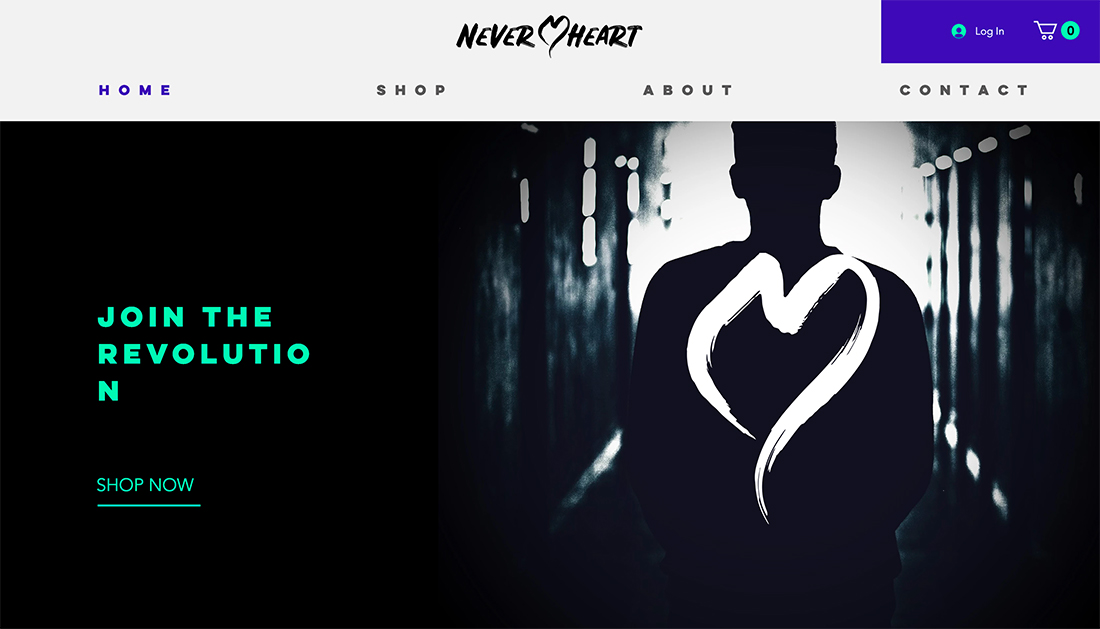

To mask or not to mask in images? That’s a big concern for designers and brands headed into 2021. The answer seems to be more designs with “faceless” imagery.
This includes plenty of silhouettes or images that show people from behind.
It serves two purposes. For some, it allows designers to work with images that might already be in the brand library without having to retake photos and it hedges on health and society norms.
In addition to fewer images with faces, expect to see fewer images of people in groups as well.
2. Oversized Elements
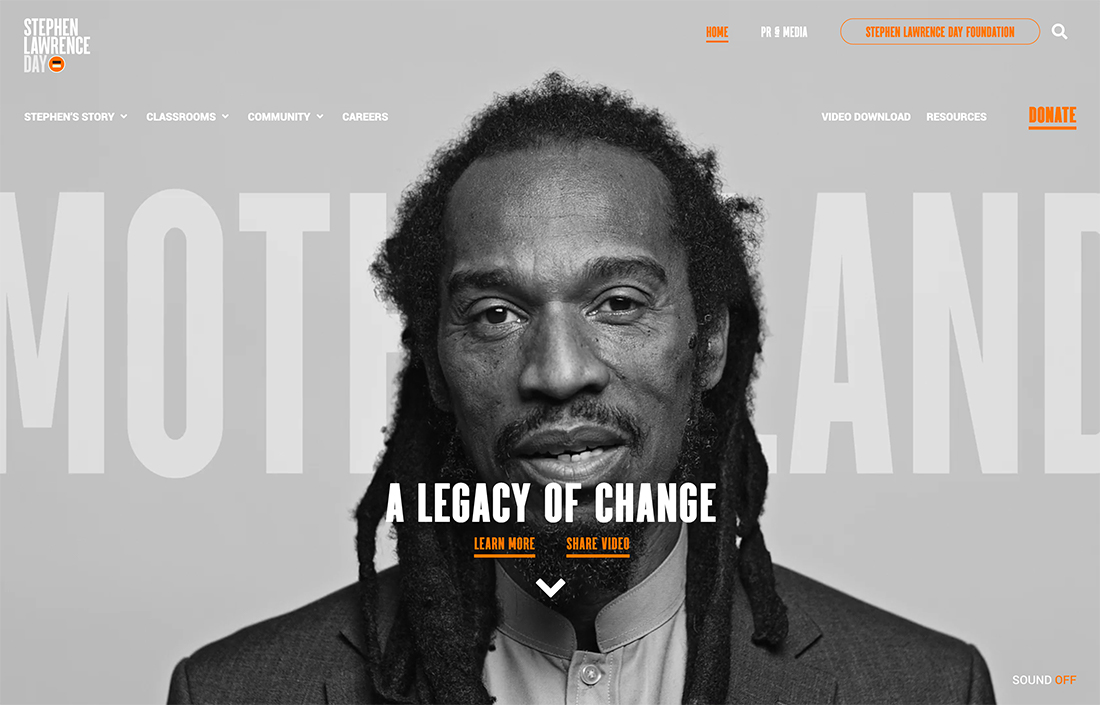
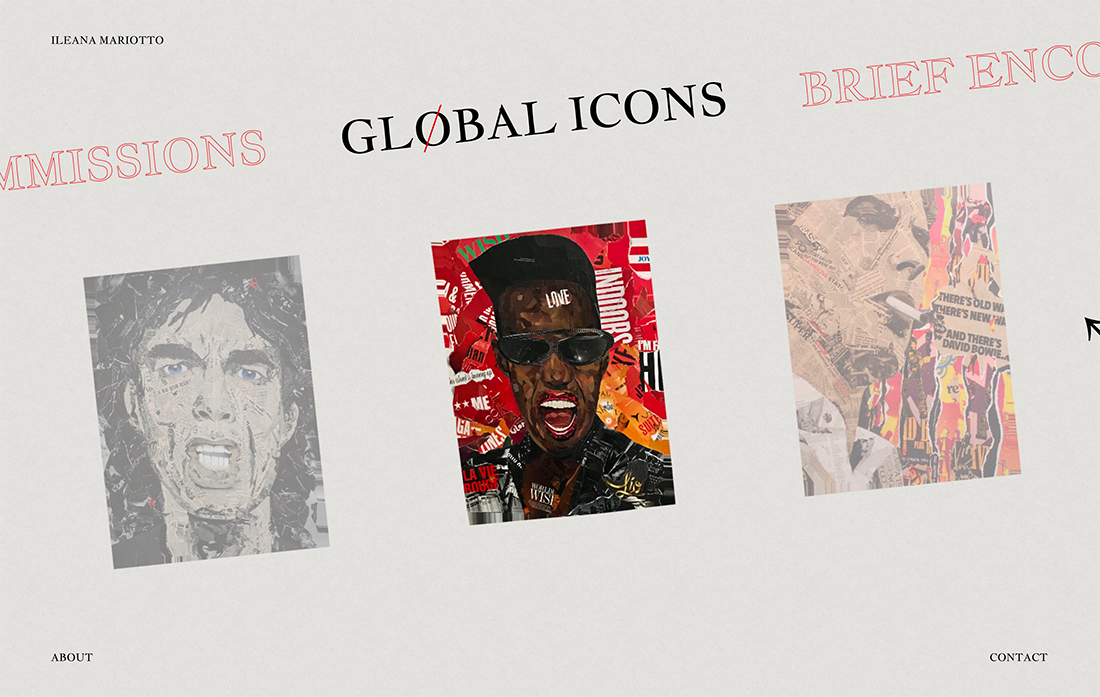
Oversized design elements – from images to typography – are dominating digital and print graphic design.
With digital projects, many of these oversized elements are accompanied by animation and scroll effects that help you see the rest of the picture. Oversized use helps encourage interaction and scrolling in these instances.
Oversized elements also have another commonality – design elements that overlap, such as images over text. While this isn’t a technique that’s often recommended, it’s increasingly popular.
It works with simple typography with only a word (or two) that’s understandable while partially covered. The result can be beautiful, impactful, and impressive.
3. Experimental Typography
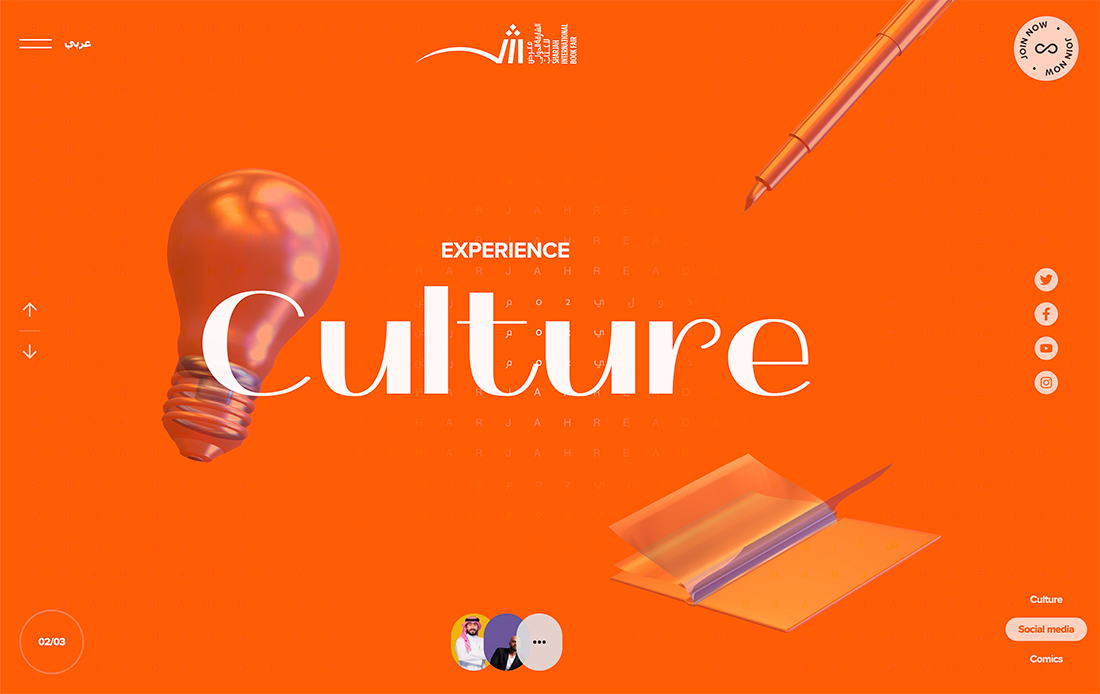
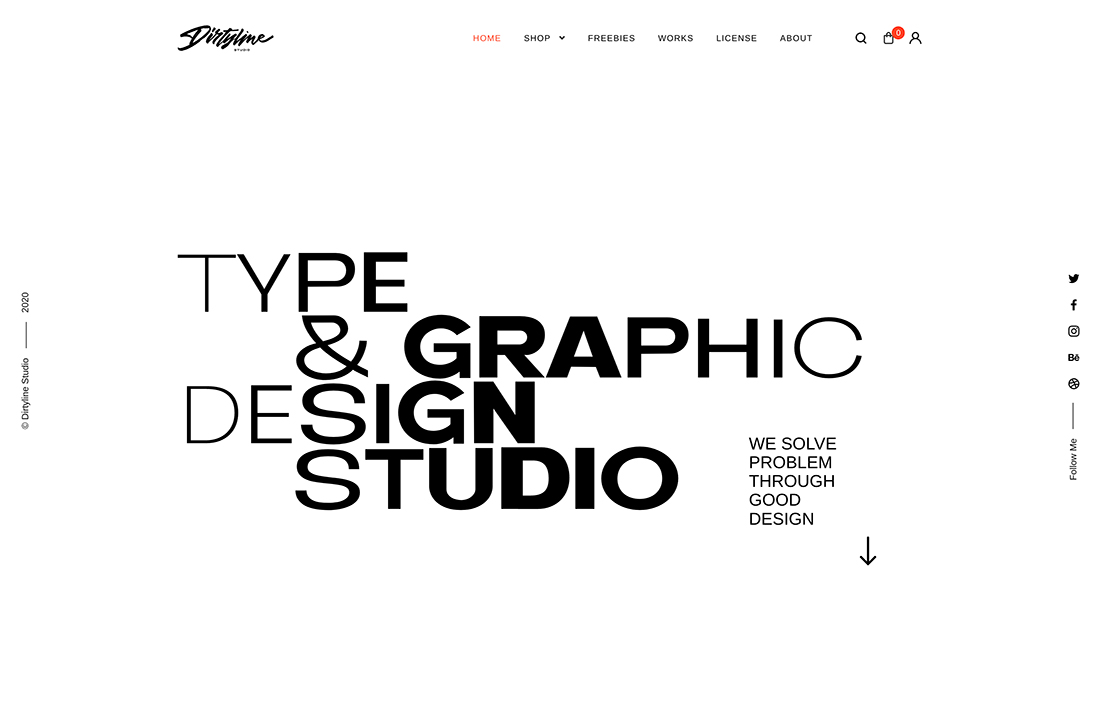
Experimental typefaces are in.
These specialty fonts, that come in all manner of styles and options, are adorning all types of projects with modern style that creates a unique and personalized feel.
Experimental typefaces include anything that’s a little different, including fonts with edgy and funky lines or strokes, animation, 3D elements, color, illustrations, and variable styling. They are identifiable because you can’t look at these typefaces and pinpoint a name or exact style for them.
What’s great about experimental options is that they feel truly custom for projects.
4. “Organic” Look and Feel

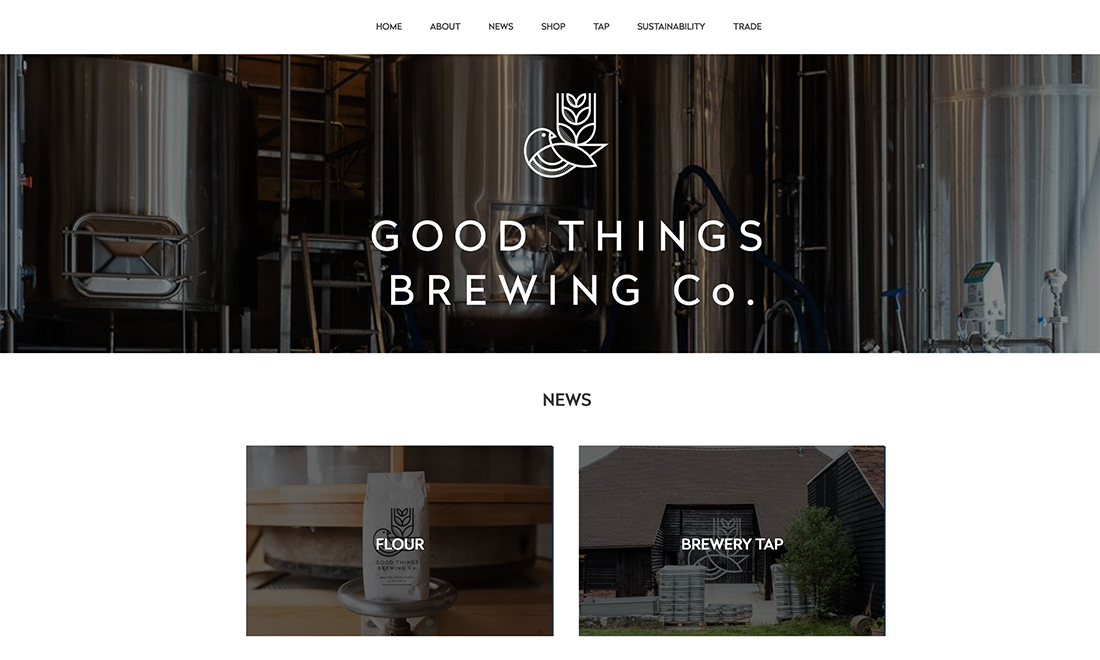
For the last few years, there has been a push to create more authentic graphic design elements that connect better with audiences. That have evolved into a more “organic” look at feel.
The organic look is deceiving because it looks like a simple, design-less design. But it can be a lot of work on the part of the designer that looks so organic, just sketched out, or fresh.
You’ll know these designs because they seem to mean something. They connect and resonate with audiences and have that “anyone-could-have come-up-with-this” look. (Yes, it may be annoying to hear or think, but that’s the visual aesthetic here.)
Organic graphic design uses logos without a lot of elaborate color or adoration – think of styles that are popular with startups – and tend to feature simple typography and color palettes. Products might be made from sustainable packaging or materials as everything plays together with this trend. Organic in design is organic by nature.
5. Heavy Typography for Impact

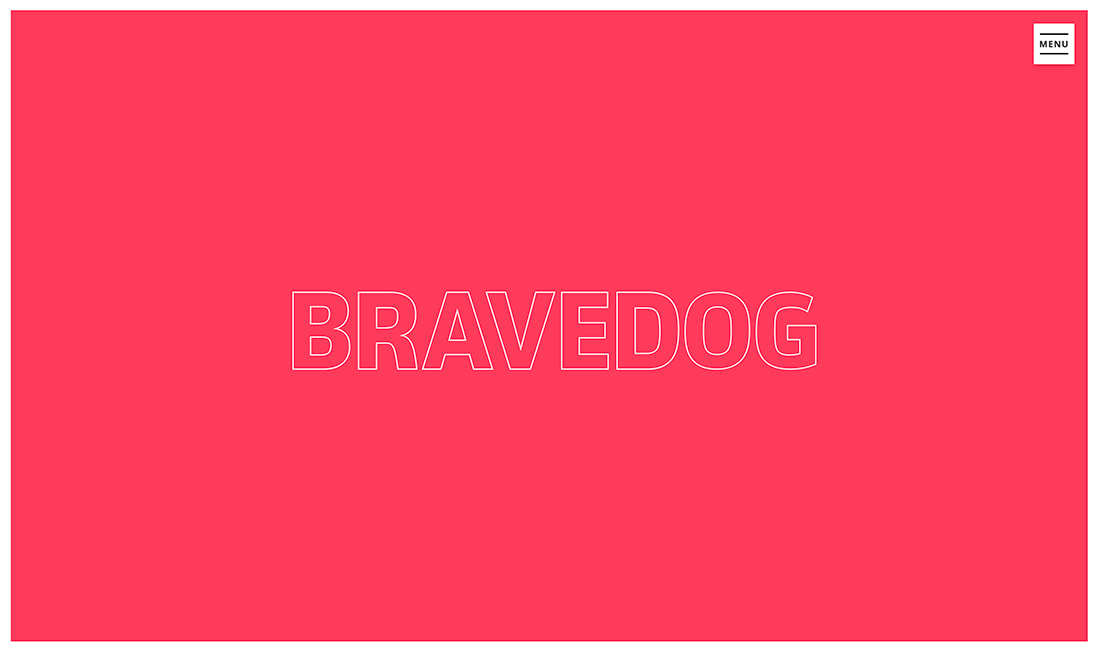
One the other end of the design spectrum is the next trend for 2020: Heavy typography. Big, bold, thick-stroke typefaces seem to be popping up everywhere.
In addition to bold strokes, many of these typefaces also feature funky shapes, animation, or other techniques designed for getting attention. This trend is anything but boring, and maybe most surprisingly, some of the type displays are focused less on readability than user engagement.
With that in mind, the way to make this trend work is to ensure that supporting text and art elements are easy to read and understand. They should take on a simple shape and function to support heavy, more impactful typography.
This style also works better for more established brands that have a look, feel, and voice or mood that users already know. It works like this: Even if you can’t read all the words on a website, you know what website you are on thanks to consistent brand style and feel.
6. Abstract Illustrations
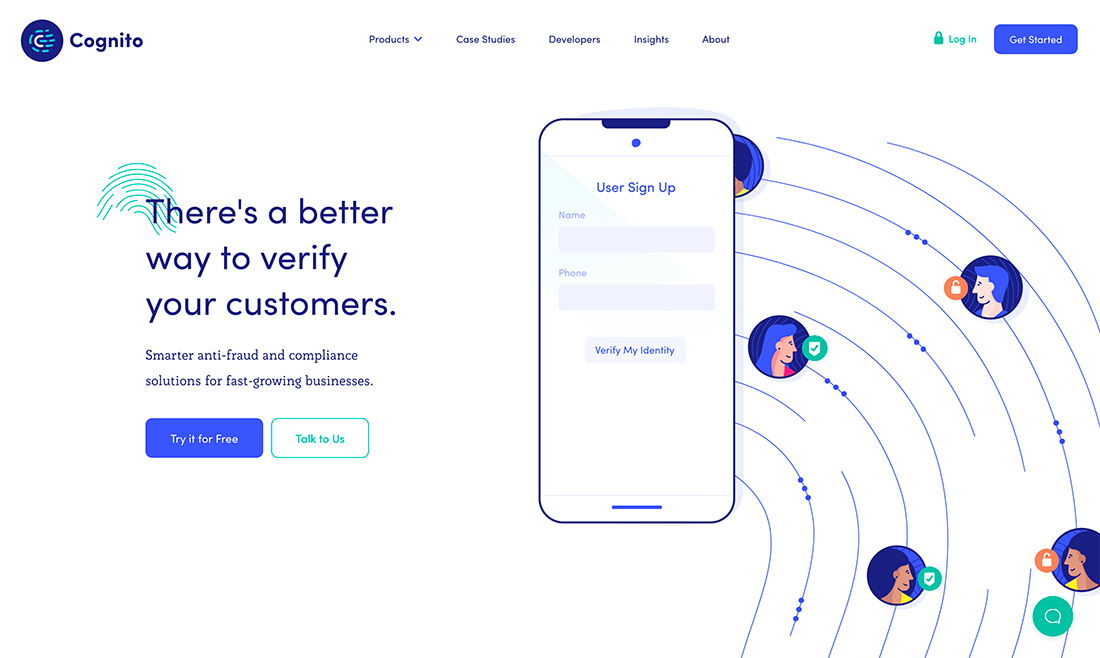
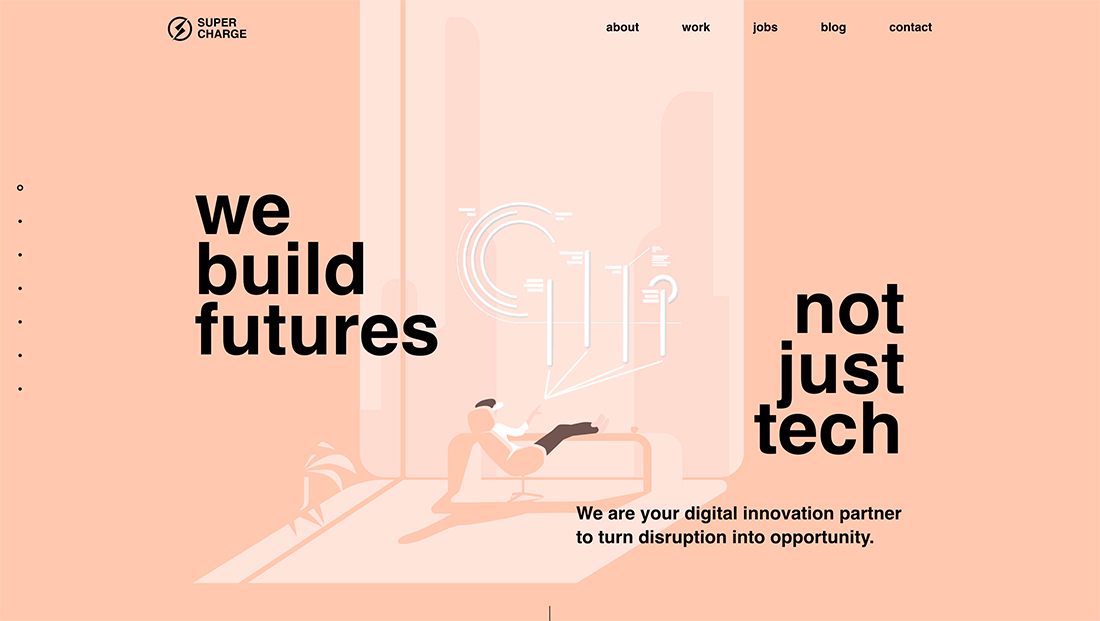
Abstract illustrations are taking over design projects. Popular thanks to availability in kits and as a quick way to create a scene without photos, this design style works for almost any type of website or industry.
Primarily abstract illustrations come from one of two sources:
- Custom illustrations that you create yourself for a specific project
- Kit, or predesigned, illustrations that come as single files or part of a scene generator (allows you to mix and match illustrated parts for a semi-custom design)
This trend seems to be most popular in design projects for startups or digital tools and products but has application for almost any use. Abstract illustrations don’t have to be the full aesthetic either; mix and match real photos with abstract elements (icons or graphics) for an even more interesting – and trendy – visual effect.
7. Incorporating Voice and Sound

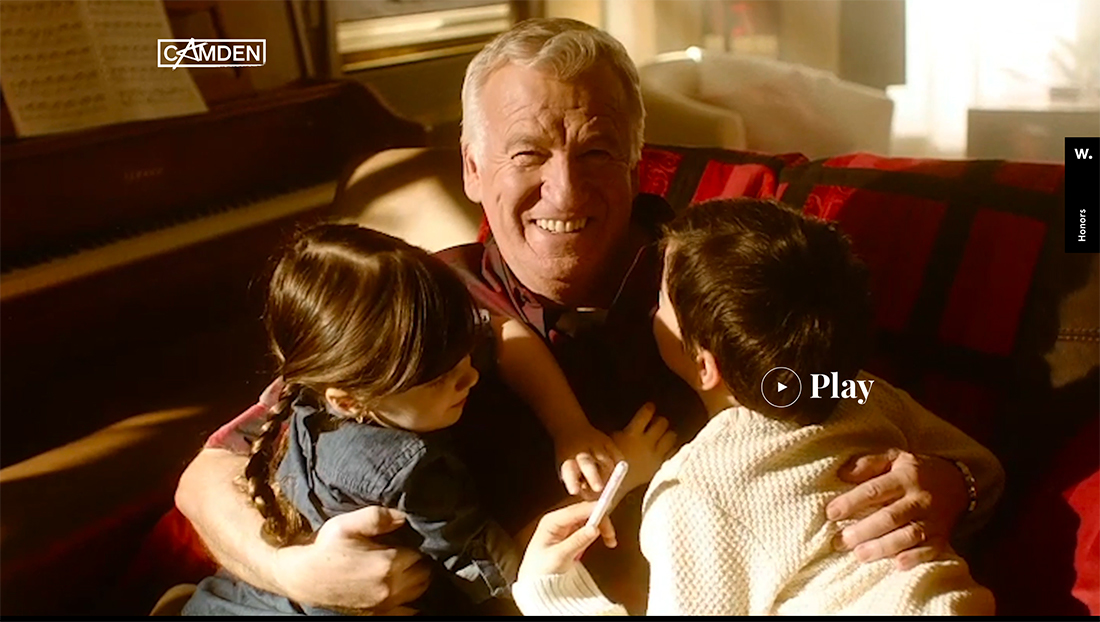
Hey, Alexa …
What happens next? The biggest trend of 2020 might not be one you can see. It’s one that you hear.
Adding voice elements, sound clips, and more interactivity for audio experiences is a big deal. Just think of how often you use voice-activated interfaces in your daily routine. Providing valuable content is one key element in making this work most effectively. (There’s a little coding “magic” involved as well.)
On the flip side is using sound in your websites and designs that isn’t part of a voice interface. Because users are getting more used to taking to devices and watching video, they are more likely to engage with design elements that do include sound. (Just make sure to use click or tap activation; auto-play is still a no-no in most cases.)
8. 3D Effects and Depth
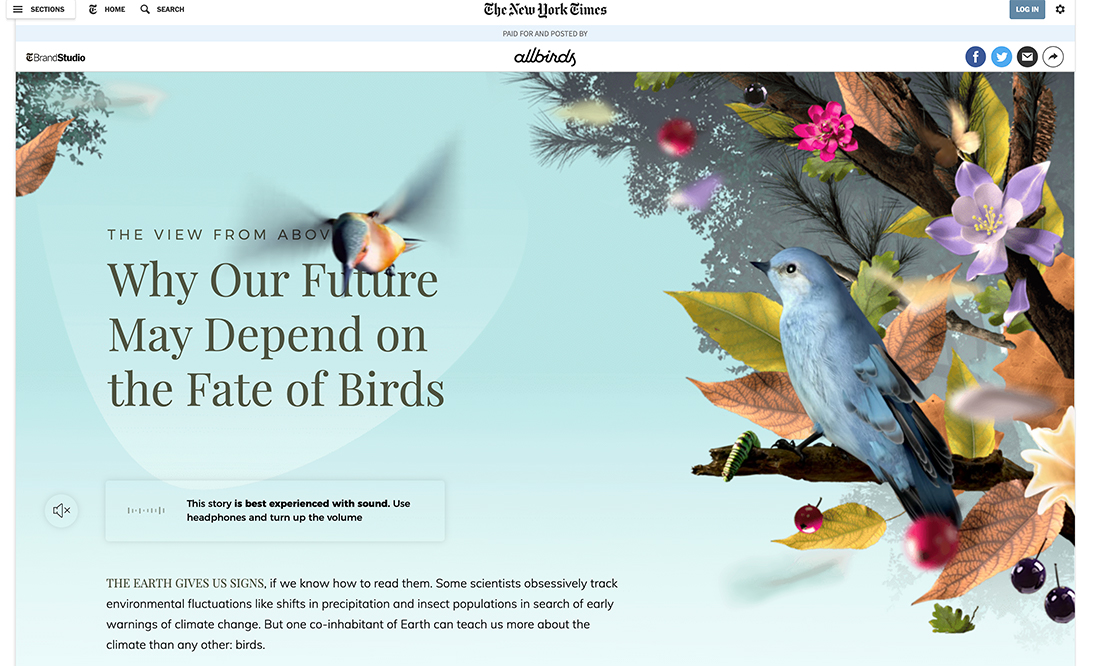
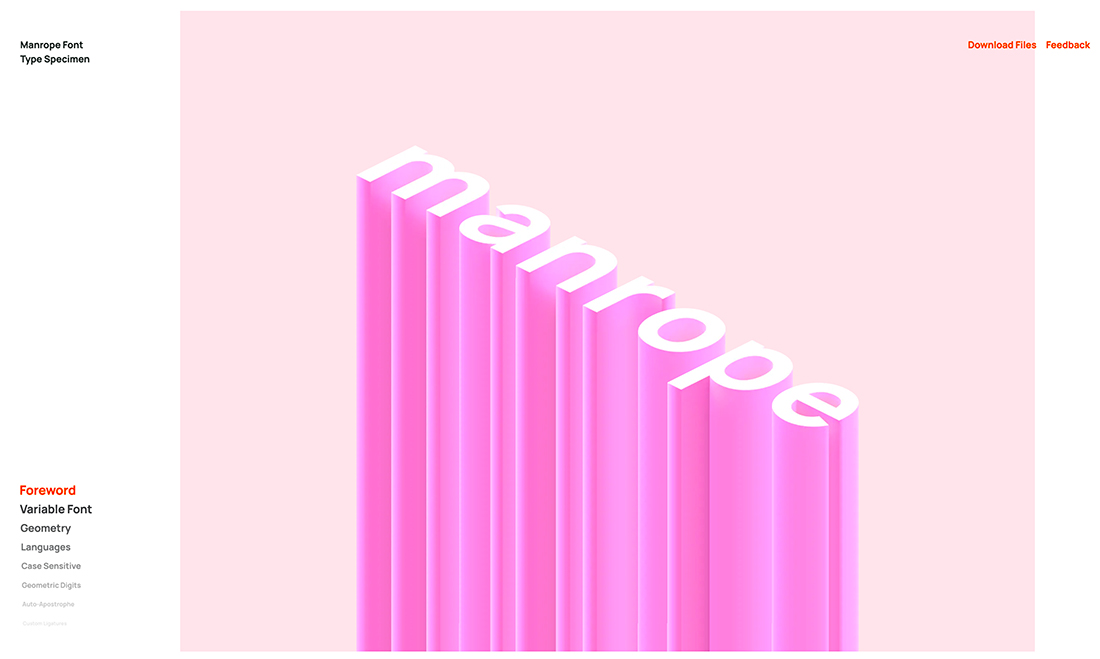
Graphic design is getting a big dose of reality.
From three-dimensional shapes and layers to depth that makes something seem to jump off the canvas, this trend seems to be growing by leaps and bounds. It’s somewhat of a throwback to skeuomorphism, but this time the graphic elements are more realistic than ever.
In the digital space, 3D effects are often paired with animation that makes elements come to life. Movement is slow, intentional, and is rooted in realism. (It takes a lot of work to make something on the screen look and act that real, but the payoff can be totally worth it!)
The best uses of 3D and depth work in concert with the story the design is trying to convey. It shouldn’t feel forced or require too much thought to understand why elements are designed in this manner.
9. Bright Color
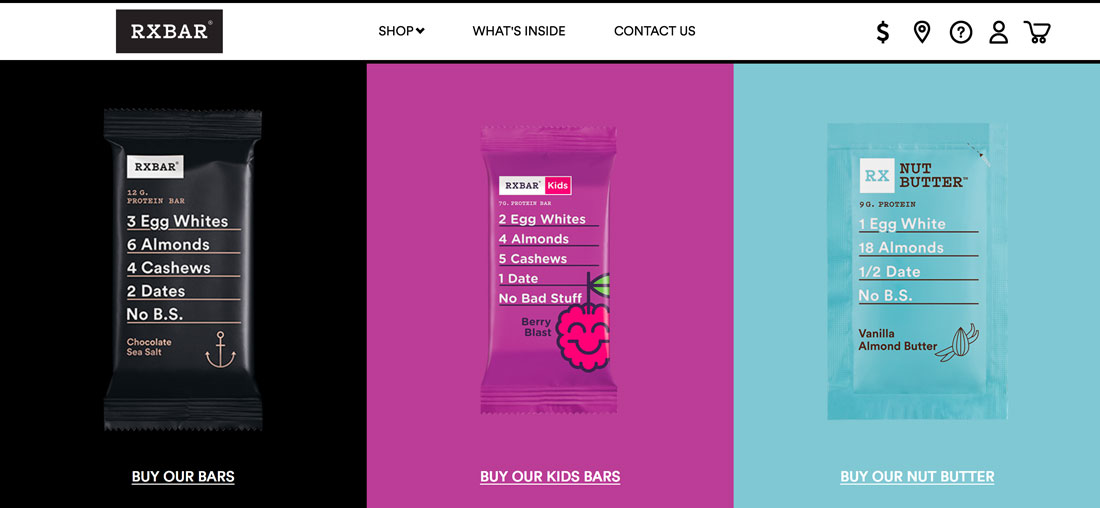
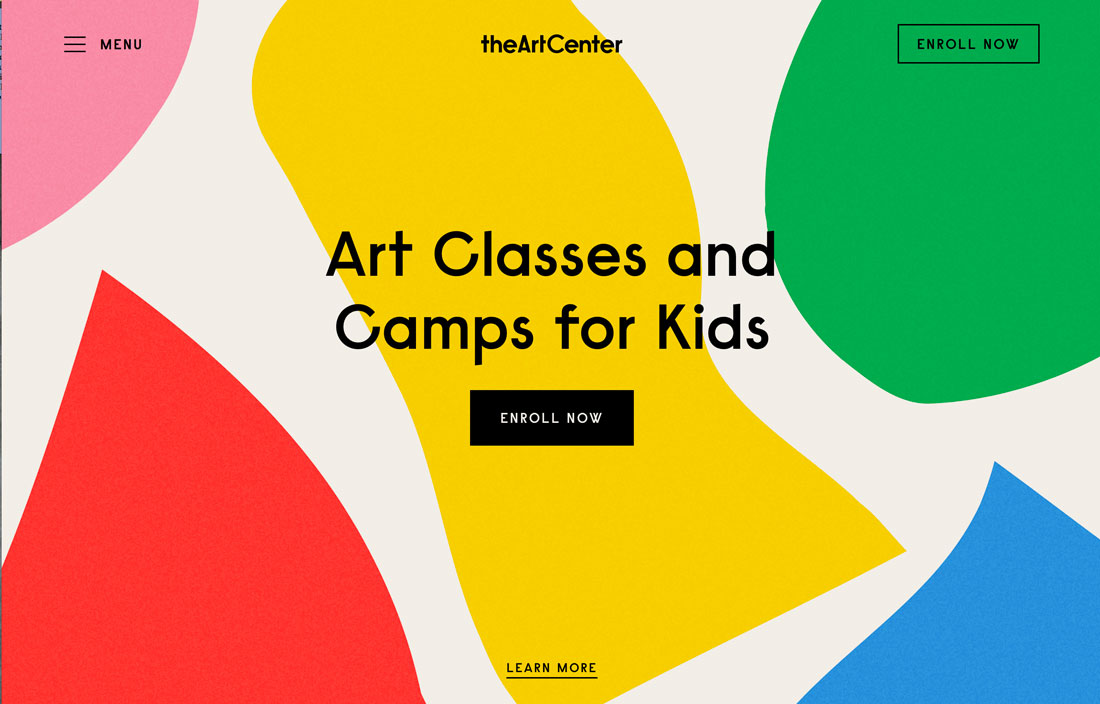
Use of bright color for everything from backgrounds to images to user interface elements was one of the biggest graphic design trends of 2018 for sure.
Projects featuring vivid color palettes have been dominant in website projects and redesigns a well as print promotion and elements. Many of these colors take a cue from Material Design palettes, which are bright and bold featuring colors such as blue, purple and pink.
The two places where color has really shown up is in product and packaging design that carries over to other elements such as website design. RXBar, above, is a prime example of this trend in action. Every color is distinctive and the packaging and website design are perfectly married.
But that’s not the only application of the bright color graphic design trend.
Designers are also using more rainbow-inspired palettes that break the rule of using just two or three colors for the design. Palettes with lots of bright color in interesting shapes or typography have been huge this year.
10. VR and Mixed Reality
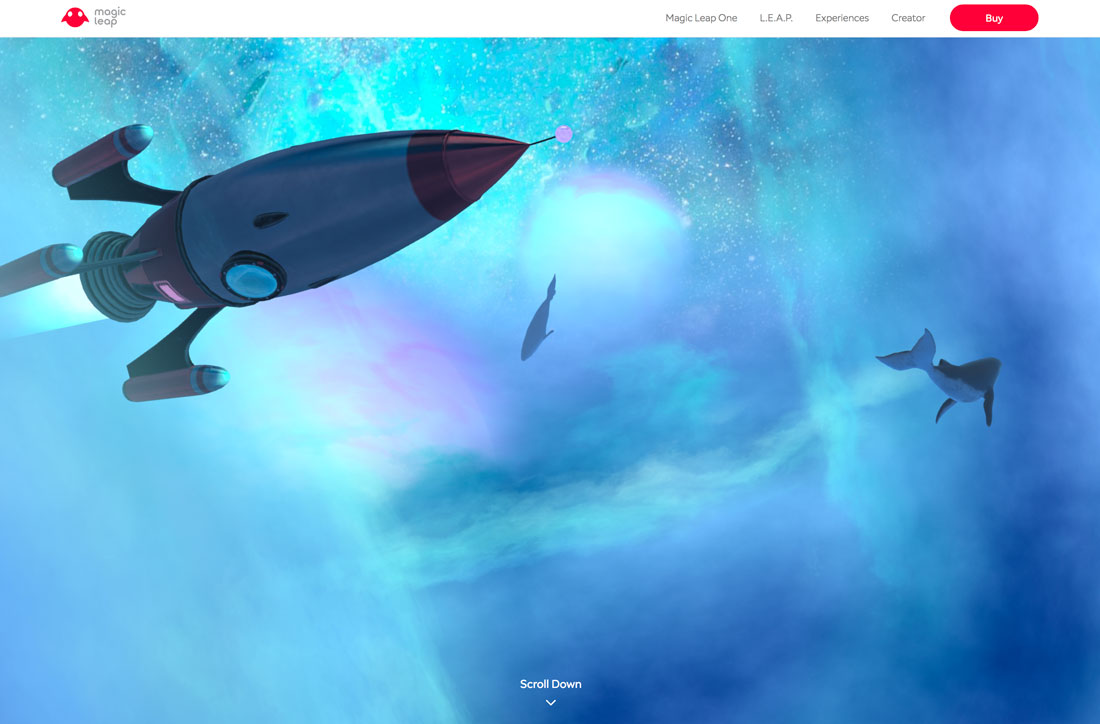

Virtual and mixed reality projects just keep growing as devices become more common.
But there are also projects that use these same design styles without having to use a special device.
This graphic design trend is exemplified by elements that look almost real and move in realistic ways, but aren’t life-like. Think about mixing cartoonish elements and tactile animation.
This type of design is everywhere from websites to short videos and ads. (The technique has been popular in gaming for a while.) There’s even some crossover into print, although there’s an obvious lack of animation.
And while this is a design technique, the trick to really making it work is storytelling. Users have to be a part of the action to truly engage with this type of content. But if you can get their attention, it can be a valuable way to interact with users.
11. Three-Dimensional Still Life Elements
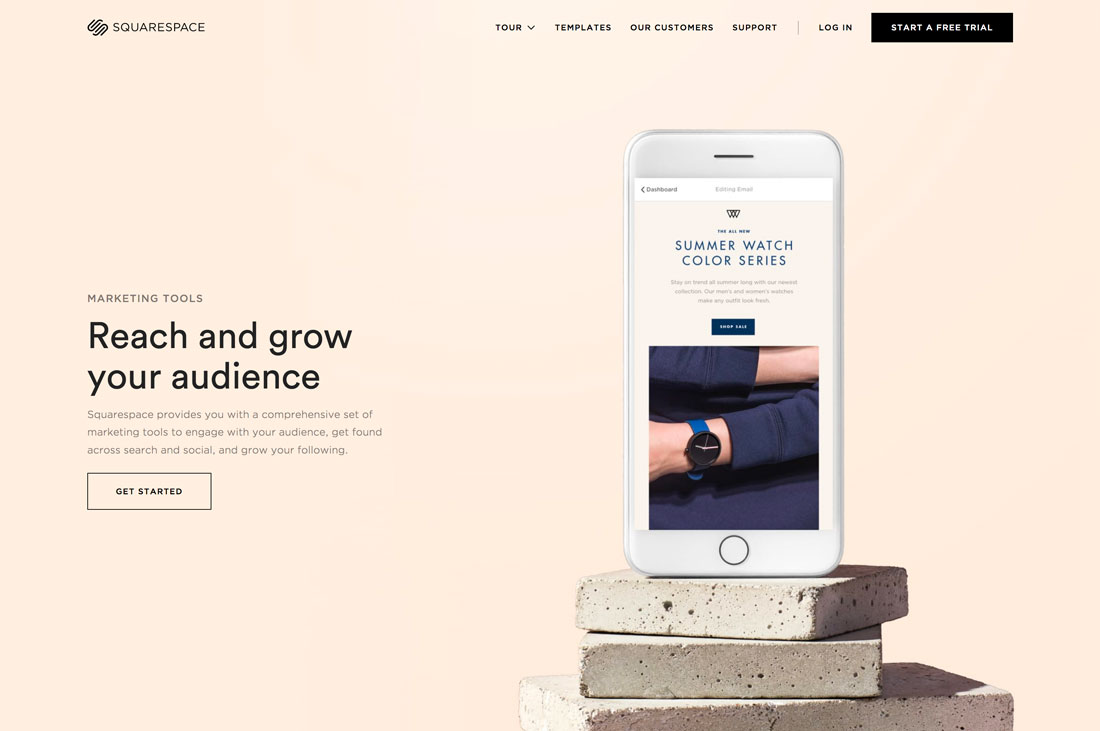
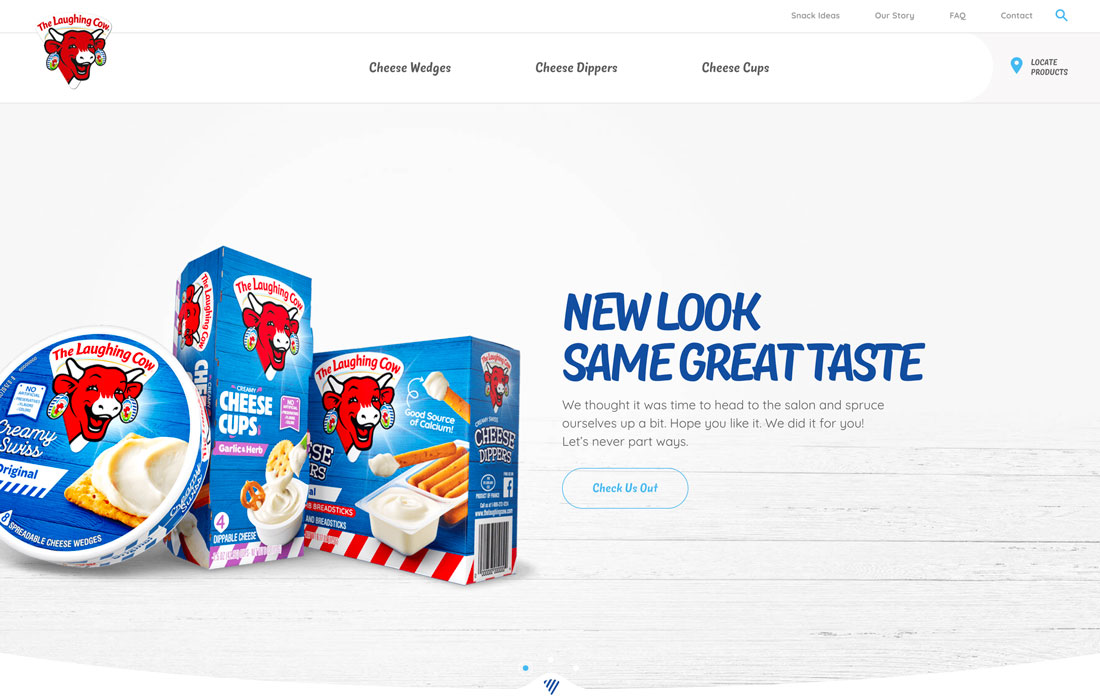
It seems like designers are itching to do three-dimensional design projects. That is showing up in staged elements and still life representations of elements and objects in a 3D space – real or created.
This concept creates a highly engaging canvas and representation for product placements and showing how something might look or feel in real life. These designs are often rather elaborate, although they might not look like it at a glance, and might feature real and created objects.
This graphic design trend shows imagination in action.
12. Single-Page or Long-Scroll Layouts
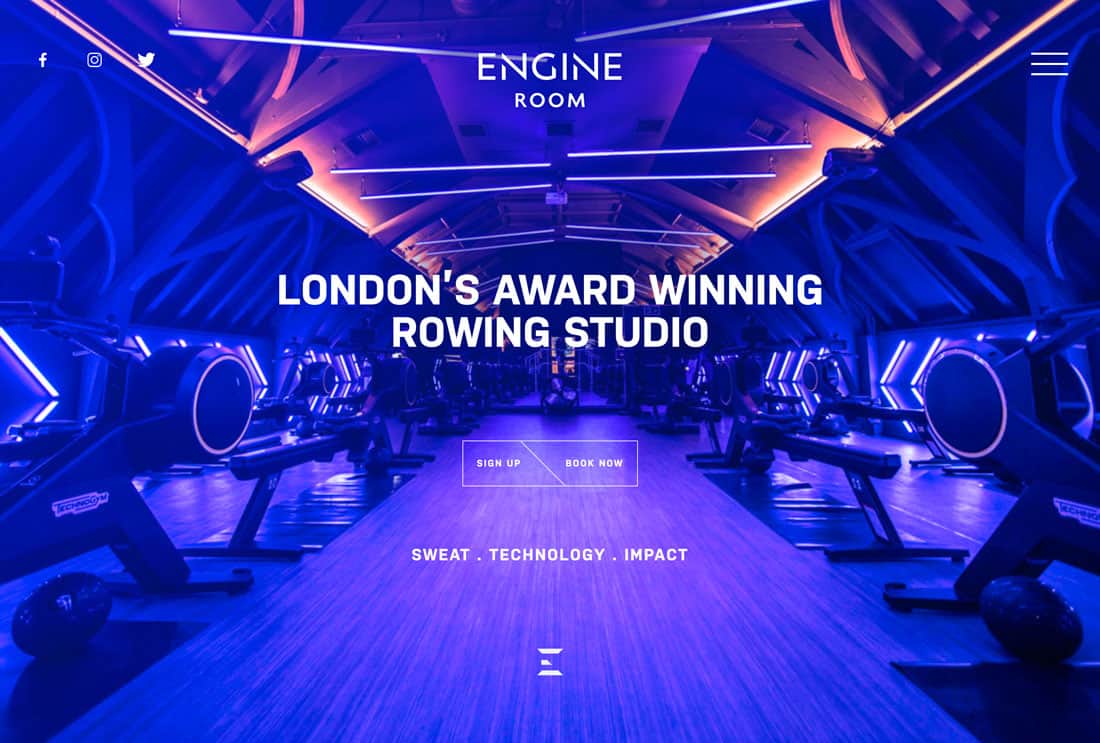
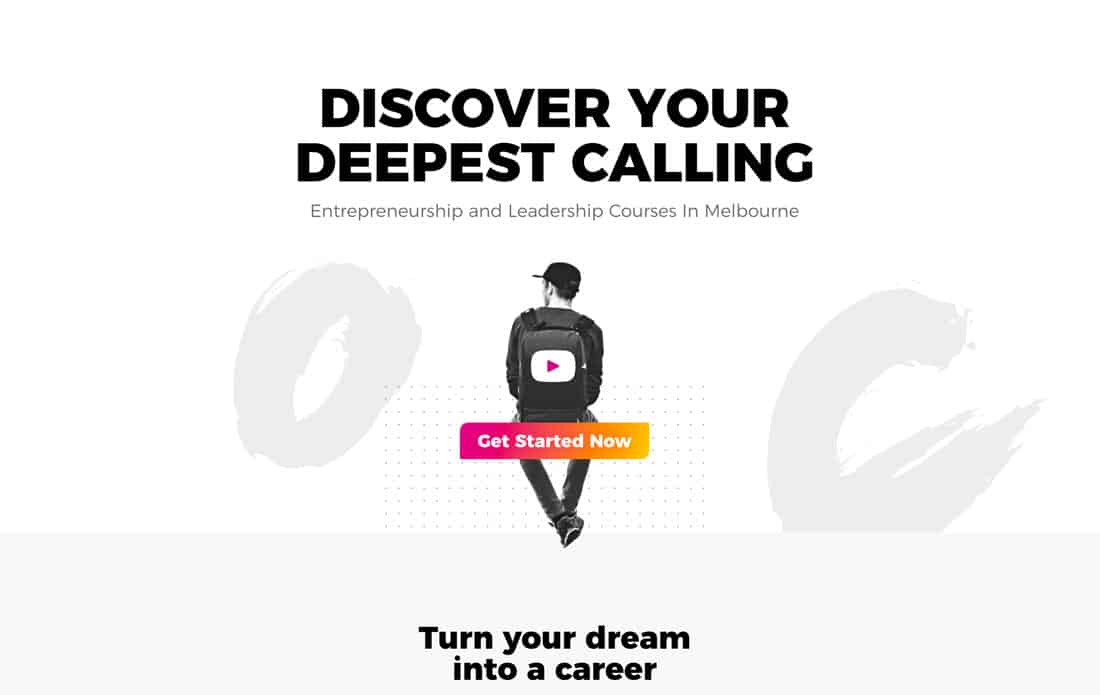
The scroll is not dead! Thanks to mobile internet and usage habits, it’s actually alive and maybe even doing better than ever. (It’s probably not a shock that mobile users scroll … a lot.)
What’s important is designing responsively in a way that’s conducive to this behavior. Using card-style elements, smooth design, and structuring content so that there’s a reason to keep moving down the screen.
What can be complicated about this trend is that what looks like an ideal amount of content on a desktop screen can actually be quite a load on a mobile screen. Single-page layouts need to offer a balance of these use types so that content doesn’t feel sparse or overwhelming.
Generally, this trending design is best for projects that don’t have what would traditionally take a lot of pages or for content that’s broken into smaller chunks for quick digestibility.
13. Gradients
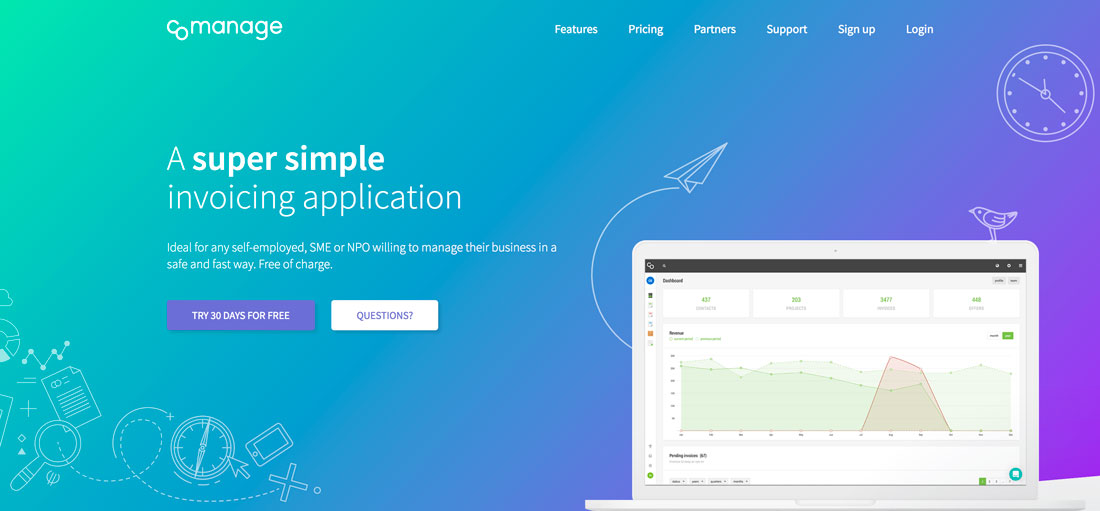
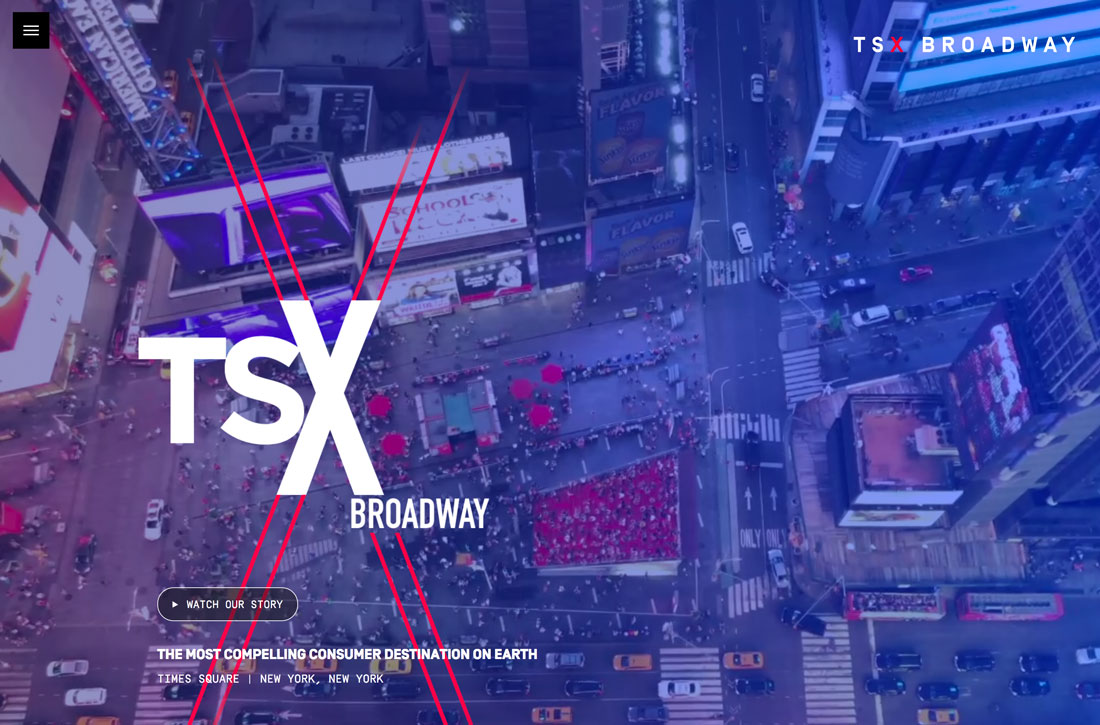
Gradients are everywhere – as backgrounds, as photo and video overlays, inside images, and the list goes on.
Color has been a big deal in 2018 and gradients have been a big part of that movement. The same bright colors that have been popular on their own are also trending choices for gradients.
But not all trending gradients are bold and bright. Some are more subtle with a soft color variation. They can be used with real elements or illustrations and typography.
14. Moving Shapes and Blobs

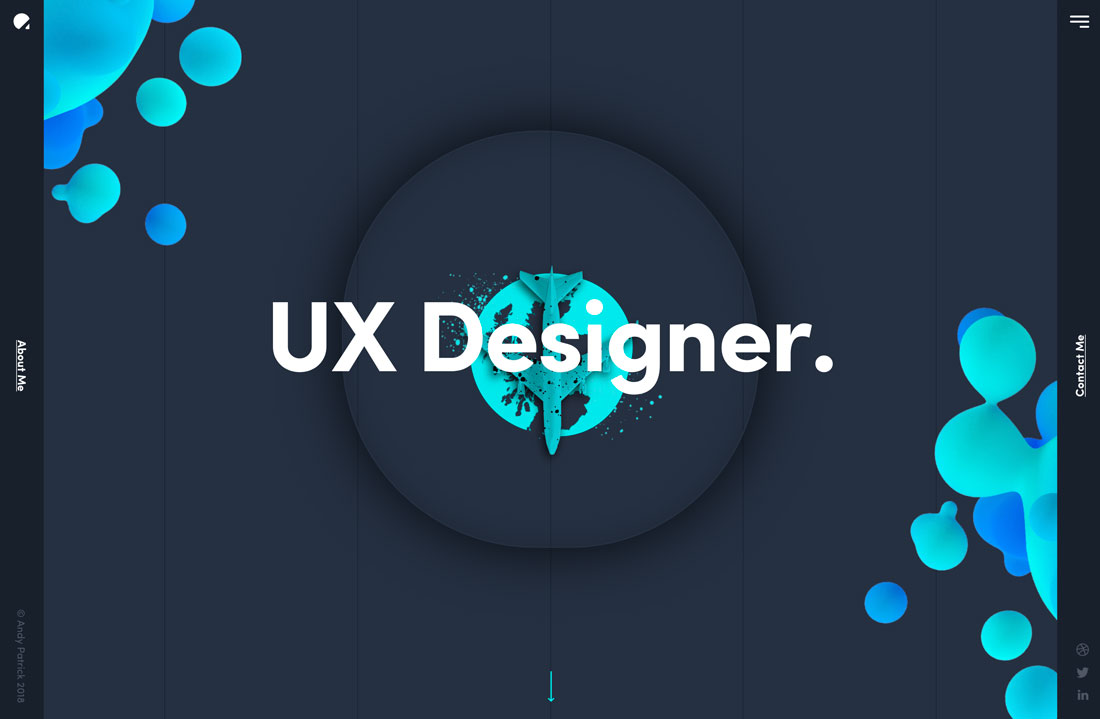
There something majestic about animated shapes and blobs. This design trend centers around “shapeless” shapes that move slowly (or sometimes with a little more pep) in the background of a design.
Blobs can be large or small and often feature bright color or serve as a dominant art or eye tracking element to help users navigate a design.
But this best part is this trend is a little funky and fresh without trying too hard. You can deploy some fun animation without overthinking it and develop a design pattern that’s engaging for users even when the project might lack other imagery such as photos or video.
The biggest users of this trend seem to be startups or smaller-scale projects for that reason. And the innovative designs are worth a look.
15. Minimal Navigation
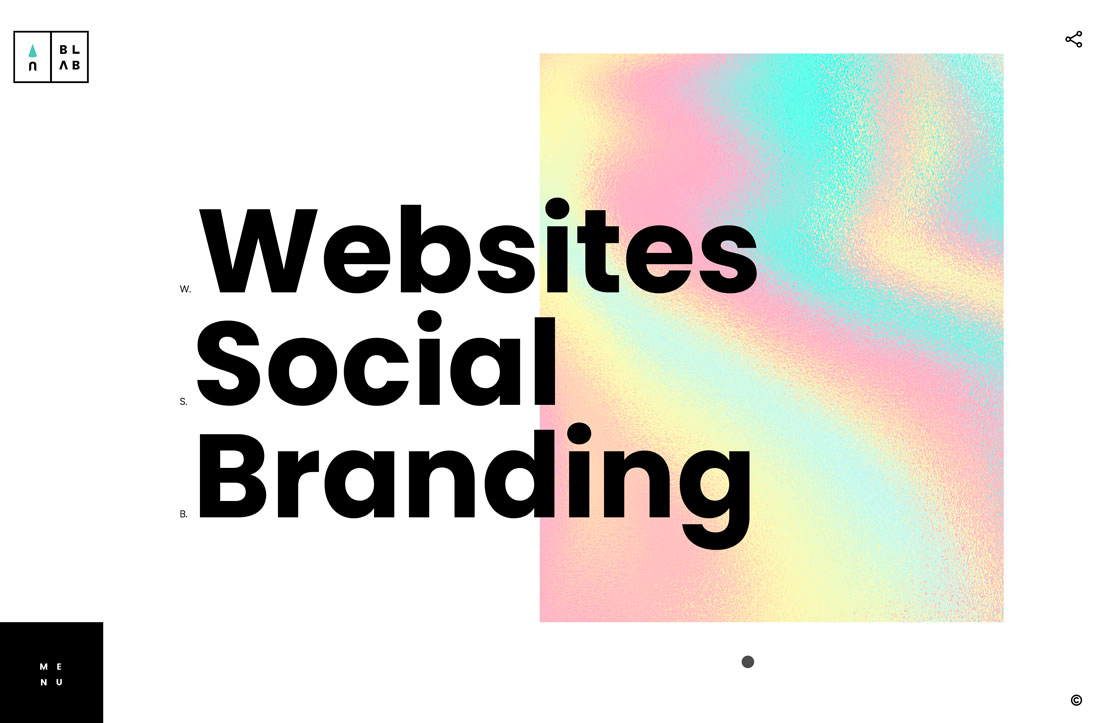
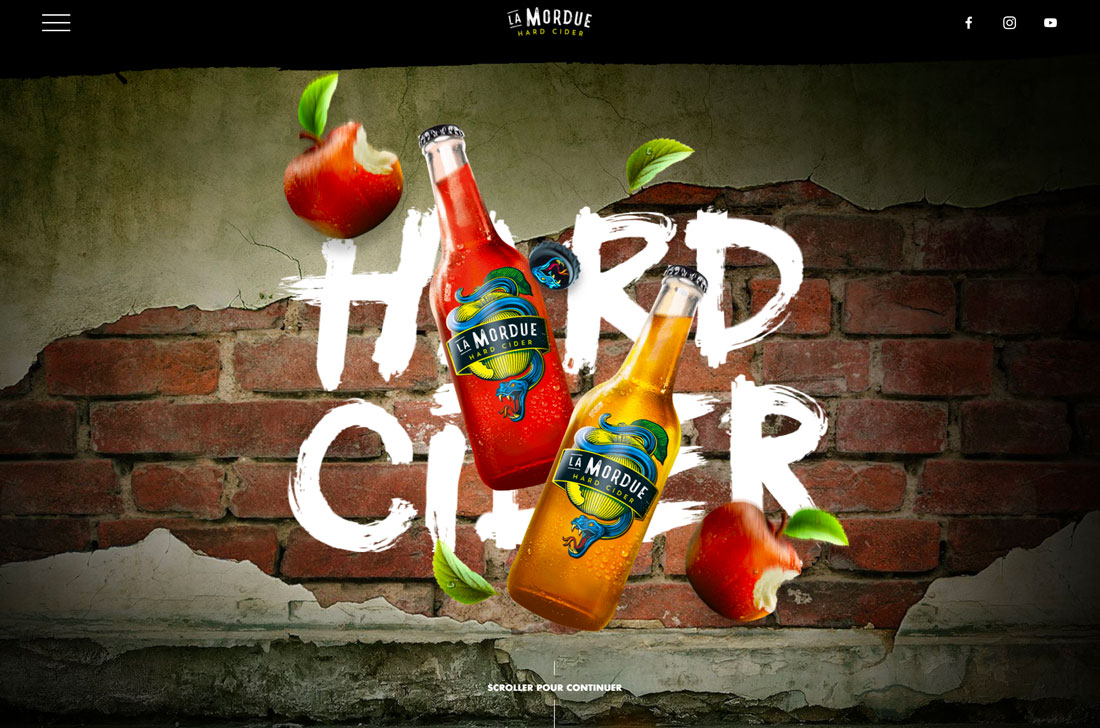
Whereas mega menus were all the rage a few years back, there’s been a shift to more minimal and even hidden navigation elements. This takes a cue from mobile (where most users are viewing websites anyway) to create a more open canvas and streamline user experiences.
While there are pros and cons to “barely there” navigation, the graphic design definitely benefits from a clean canvas and more creative options for tucking away those “pesky” navigation elements.
Both examples above do this in different ways. Blab uses a create square menu button at the bottom left of the screen. Le Mordue doesn’t even show navigation on the home screen, it pops in as users scroll.
16. Authentic Imagery
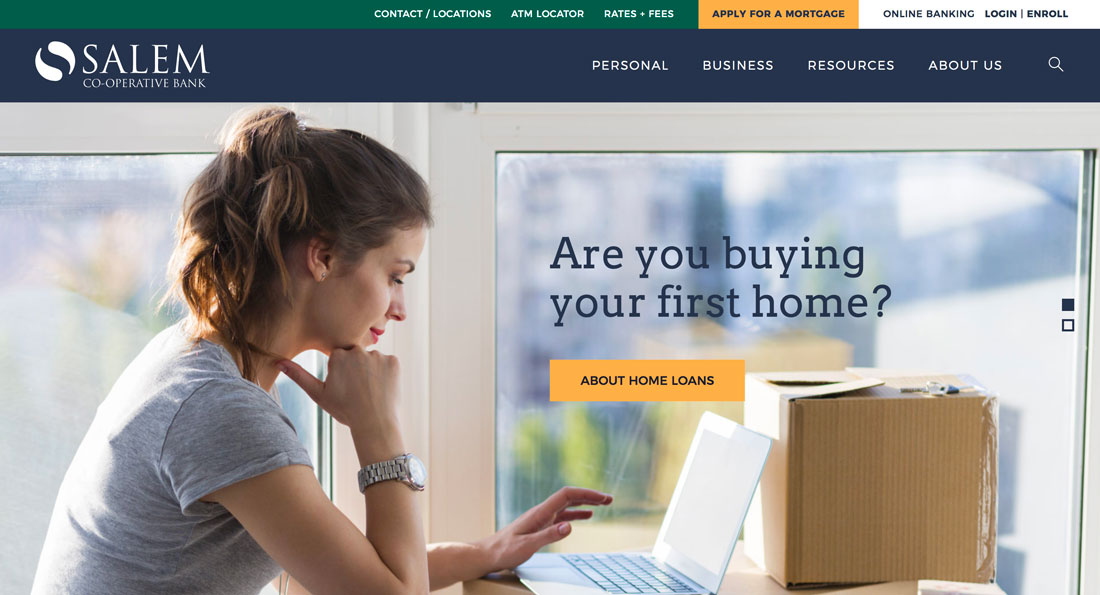
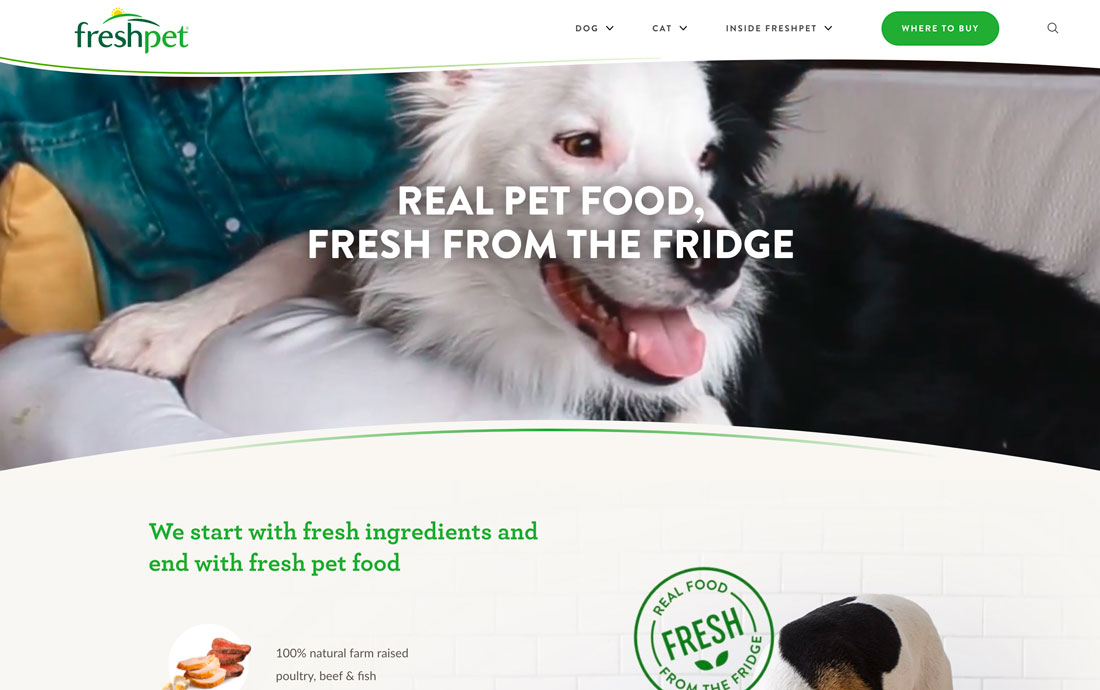
With everyone trying to connect in a true way less polished, authentic images are dominating design projects. Even commercial photography is shifting to look more like snapshots for these projects.
And while the look is a little less polished, it works.
This trend works because it feels more real. It also crosses over to other places where design elements are used for a brand, such as social media.
You can capture this trend using stock imagery – although it can get tricky fast – but the better alternative is to have a conversation with your photographer/videographer about what you want to do visually. More authentic imagery is not amateurish; it’s just a different style.
Higher screen resolutions are making it more important than ever to have high-quality images and—even if the trending style is a little laxer—the quality of the photography should not be.
Conclusion
What new design ideas are you most looking forward to using in graphic design projects this year?
The thing I love about these concepts is that they are usable. There’s nothing better than merging beautiful design with a highly usable experience.